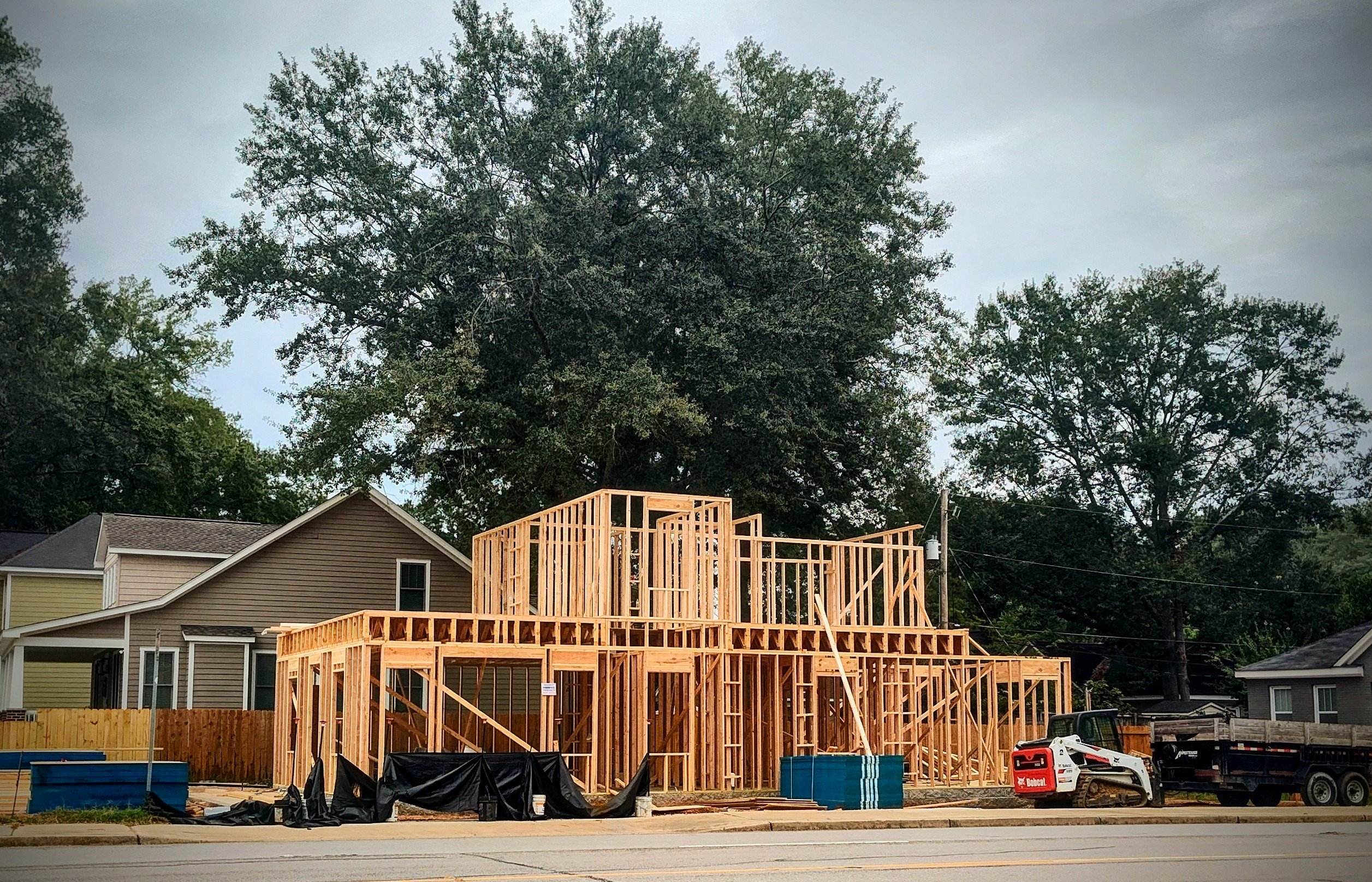this post was submitted on 09 Sep 2023
315 points (90.5% liked)
pics
19595 readers
553 users here now
Rules:
1.. Please mark original photos with [OC] in the title if you're the photographer
2..Pictures containing a politician from any country or planet are prohibited, this is a community voted on rule.
3.. Image must be a photograph, no AI or digital art.
4.. No NSFW/Cosplay/Spam/Trolling images.
5.. Be civil. No racism or bigotry.
Photo of the Week Rule(s):
1.. On Fridays, the most upvoted original, marked [OC], photo posted between Friday and Thursday will be the next week's banner and featured photo.
2.. The weekly photos will be saved for an end of the year run off.
Instance-wide rules always apply. https://mastodon.world/about
founded 1 year ago
MODERATORS
you are viewing a single comment's thread
view the rest of the comments
view the rest of the comments


How are floor trusses different from regular floors? What are TGIs and incorrect penetrations?
Thank you if you have time to answer.
There isn’t really any type of “regular” floor in wood, but the 3 most common are dimensional lumber (2x10s for example), engineered joists (TJIs which are dimensional top and bottom chord and OSB web) and engineered trusses (what you see here, dimensional chords and webs.
I apologize for that typo, it’s TGI I-Joists, explained above briefly. The incorrect penetrations can happen in either dimensional joists or engineered joists. The easy rule of thumb is no more than 1/3 the diameter of the material (9” joist being 3” max) and has to be in the inner 1/3 (9” again so no holes within 3” of the top or bottom of the joist.
Now most engineered joists come with pre penetrations and any deviation without their express consent can void their warranty, BUT following general guidelines shouldn’t lead to any issues.